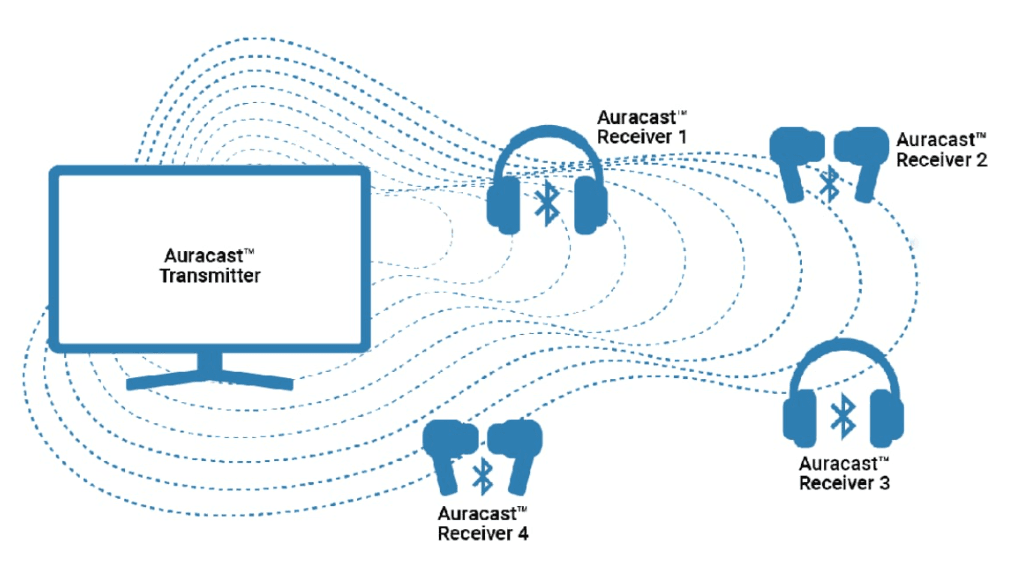
LG Electronics’ 2025 TVs are getting a nifty new feature in the shape of Bluetooth Auracast, which makes it possible for multiple people to listen to the audio track with wireless headphones, ear buds or hearing aids.
Auracast is an optional part of the Bluetooth specification, and is a useful feature for anyone with a compatible hearing aid, but until now it has largely been neglected by LG, whose only previous mention of the technology was a collaboration with Starkeys. In case you’re unaware, Starkeys is a manufacturer of smart hearing aids.
Besides being useful to hearing aid wearers, the Auracast technology can also come in handy in those situations where two people might want to watch the same movie while wearing headphones. For instance, people who live in shared accommodation that don’t want to disturb their roommates while they’re sleeping, or those who have light-sleeping family members.
The problem Auracast overcomes is that most wireless audio connections are one-to-one, meaning that only one person can connect their Apple AirPods or similar device to the TV at a time. For multiple people to listen in, the only option is to crank up the TV’s volume.
Auracast, on the other hand, allows multiple compatible headphones to connect to the same wireless audio feed with the same minimal latency.
LG revealed it’s adding support for Auracast on its 2025 TVs to Tom’s Guide, but didn't make any official announcement of the new feature. It’ll be supported on all of the company’s new OLED TVs, such as the LG G5 and LG C5, as well as LCD models like the QNED85A.

The company said Auracast can also send its audio feeds to other devices, such as an AV receiver.
Support for Auracast isn’t entirely new to TVs. According to FlatpanelsHD, LG’s rival Samsung first added the capability to its premium TVs two years ago and has continued to support it ever since.
The rollout of Auracast on TVs has been slow because the standard is not a core part of the Bluetooth specification, and so even if a device is Bluetooth-enabled, manufacturers can choose whether or not they want to include it. Fortunately, many are starting to do so, and we can expect that it will appear on more TVs in the coming years.